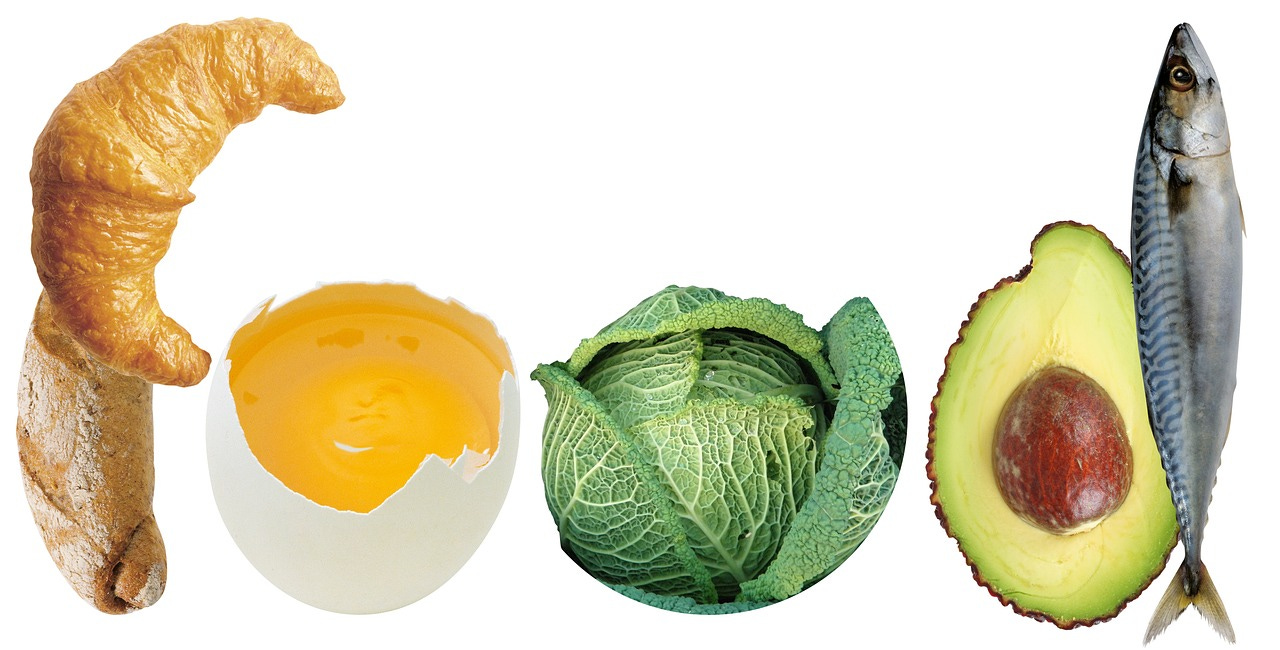Stop Nutrient Chasing
Understanding the 'Why' so we can get to the 'How'
I am aware of how polarizing and subjective nutrition can be for people. Advice from people regarding what to eat and what not to eat bombards us from all angles of our lives from family, friends, and the media. I can’t tell you how many times my mom has forwarded me a WhatsApp message telling me how garlic will eradicate all diseases! Rather than showcasing how the new trendy Volumetrics Diet is the best thing since sliced bread. Rather, I will provide some background on how we got to this point of overeating and overconsumption. This helped me understand the 'why'. In my experience, I have found that before moving forward with change, it is first important to understand and appreciate the 'why' behind the decisions we make.
We are a society of overnourished beings. When I say overnourished, many of you will equate that with obesity, defined by a BMI >30kg/m2. However, I am not talking about obesity but poor metabolic health. In the US, ⅔ of obese patients have poor metabolic health, but so do 25% of lean people.
As stated, we are chasing nutrients. Food today is less protein and nutrient-dense than 40 years ago. Eggs have less protein in them and marketing has made free-range eggs a selling point vs. being the norm. As a result, our bodies are hungry for nutrients and we consume more foods and calories to get the same nutritional content. Another compounding factor is the hyper-palatability of foods. Foods today have a man-made mixture of sugar, fat, and salt that makes adhering to portion control recommendations challenging. By understanding the reason why many of us overconsume food, it can empower us to be more mindful of our food choices.
Strategies to limit caloric consumption
Caloric restriction
Dietary restriction
Time restriction
Let's dive into time-restricted eating (TRE) because everyone seems to be doing it these days. By TRE I am speaking about an eating window between 6-10 hrs. By decreasing the window in which you eat, you will also likely decrease the calories you are consuming. There is data that TRE leads to fat loss, but what is not entirely clear is if this is due to extended fasting time or caloric restriction. TRE benefits include weight loss, increased energy, and increased autophagy.
However, many people on TRE protocols also significantly decrease their protein consumption. This leads to a disproportionately large loss of lean muscle mass. Ideally, no more than 25% of your weight loss should come from lean muscle, and at least 75% should be from fat. Although there is a range of protein consumption recommendations, I subscribe to 1 gram of protein for each pound of body weight. As a non-meat eater, this is challenging but my taste buds have become accustomed to the mouth-watering taste of pea protein over the years.
ACTION STEPS
Calculate how much protein you should have based on the 1 gram/pound recommendation. Check out amounts of protein based on serving size for meat options here. If you are a vegan or vegetarian, take a look at this link.
Put things into perspective and don't be hard on yourself if you have had a bad run with meal or snack choices. Get back on track by choosing more nutrient-rich options.
Consider pre-planning and making double the amount of a healthy dish. This will keep healthier options in the fridge and prevent you from making a less-than-ideal choice.
You can’t eat what you don’t have. Limit your purchase of unhealthy, processed snacks and instead choose better options like nuts, seeds, guacamole dip, Greek yogurt, granola or cut fruit and keep these options easily accessible.
When grocery shopping we tend to focus most of our attention on the macronutrient contents (protein, sugar, fat etc.…) when making a decision. Spend at least the same level of attention on the actual ingredients. Although difficult, aim for no more than 5-6 ingredients and only ones you can pronounce and that don’t seem foreign to you. The quality of ingredients is as important, if not more important than their macronutrient profile.



